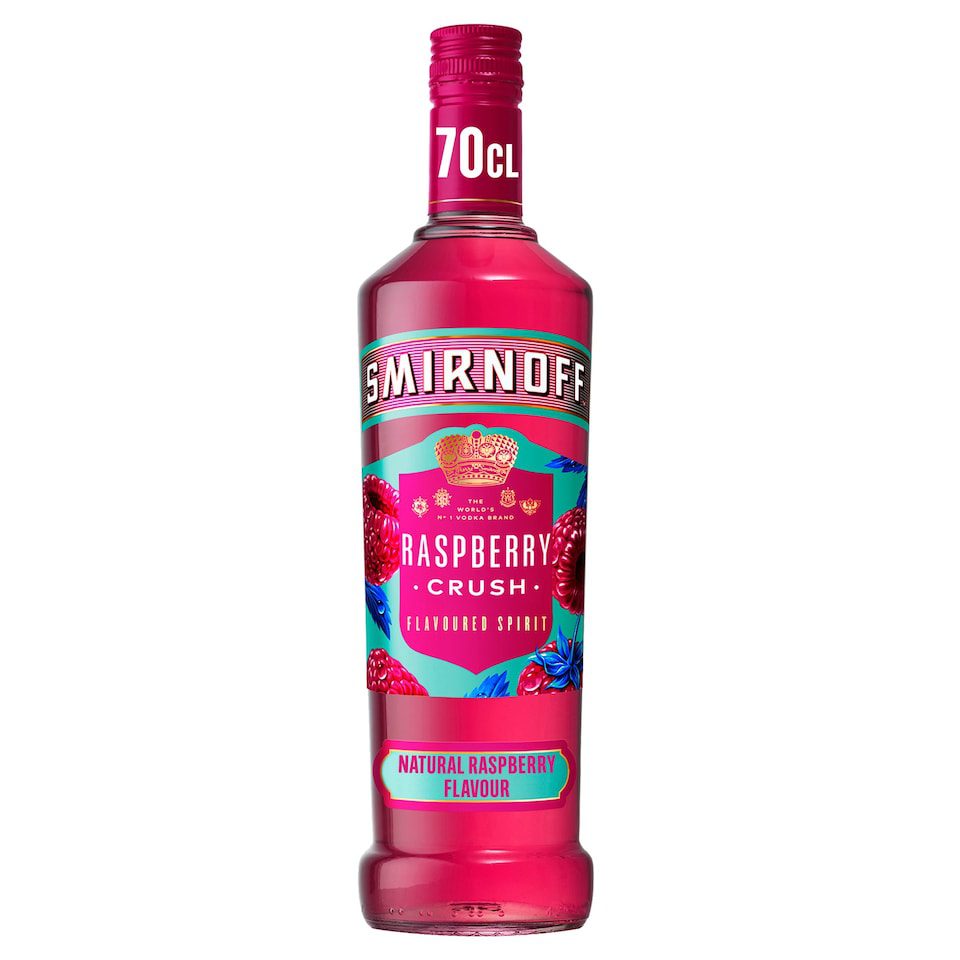Description
Smirnoff: A Global Icon For Every Occasion
Smirnoff. The name itself evokes images of vibrant parties, skillfully crafted cocktails, and good times shared amongst friends. More than just a vodka, Smirnoff has become a global icon, a staple in bars and homes around the world, and a symbol of accessible celebration. But how did this brand achieve such widespread recognition and enduring popularity?
The story of Smirnoff begins in 19th-century Russia with Pyotr Arsenievich Smirnov. While initially associated with grain trading, Smirnov quickly recognized the potential of distilling, establishing his own vodka distillery in Moscow in 1864. His innovative charcoal filtration process, a closely guarded secret, resulted in a remarkably smooth and clean vodka, quickly gaining favor amongst the Russian elite. By the late 1880s, Smirnov Vodka was the official purveyor to the Imperial Russian Court.
However, the Russian Revolution forced the Smirnov family to flee the country, leaving their vodka empire behind. The secrets of Smirnov Vodka might have faded into history were it not for Pyotr’s son, Vladimir, who stubbornly clung to the brand. After years of hardship, he eventually sold the rights to the brand to Rudolph Kunett, an American businessman of Russian descent, who brought the spirit to North America in the 1930s.
This marked a pivotal moment for Smirnoff. Kunett, faced with low vodka consumption in the US, cleverly rebranded it as “Smirnoff White Whiskey – No Taste, No Smell.” This unique marketing strategy positioned it as a blank canvas for cocktails, paving the way for its integration into classic mixtures like the Moscow Mule, Screwdriver, and Vodka Martini.
The savvy marketing campaigns coupled with its versatility quickly propelled Smirnoff to the forefront of the American spirit market. This success continued to escalate through the latter half of the 20th century, driven by innovative flavor infusions and a consistent commitment to affordability. From the classic Smirnoff Red Label to the myriad of fruit-infused variations, Smirnoff continuously adapted to changing consumer tastes, cementing its position as a versatile and approachable spirit.
Today, Smirnoff is owned by Diageo and remains one of the world’s best-selling vodkas. Its enduring appeal can be attributed to several key factors:
- Accessibility: Smirnoff is priced competitively, making it a viable option for a wide range of consumers.
- Versatility: Its neutral flavor profile makes it an ideal base for countless cocktails, catering to diverse palates and preferences.
- Innovation: The brand continuously introduces new flavors and variations, keeping its product line fresh and exciting.
- Marketing Power: Decades of smart marketing campaigns have solidified Smirnoff’s image as a fun, accessible, and celebratory brand.
While the vodka landscape is constantly evolving, Smirnoff has proven its resilience and staying power. From its humble beginnings in Imperial Russia to its current reign as a global icon, Smirnoff has consistently adapted, innovated, and remained true to its core values. Whether you’re enjoying a classic cocktail, experimenting with new flavors, or simply raising a glass with friends, Smirnoff undeniably represents a spirit that is accessible, versatile, and woven into the fabric of modern celebration. So, the next time you’re looking for a reliable and adaptable vodka, remember the story of Smirnoff – a testament to the power of innovation, adaptation, and a little bit of Russian ingenuity.















Reviews
There are no reviews yet.